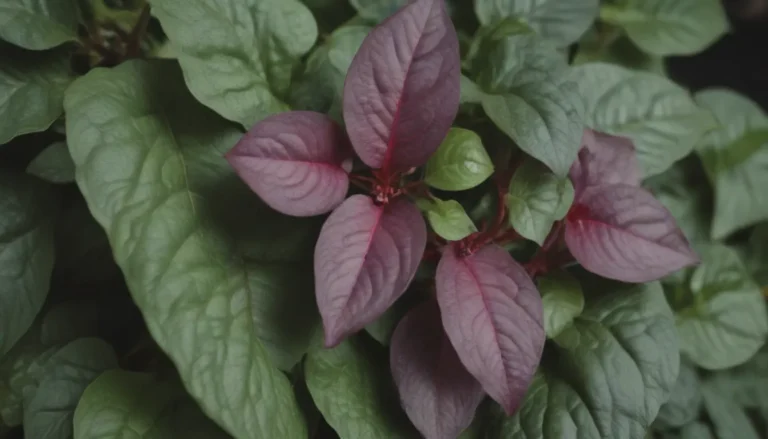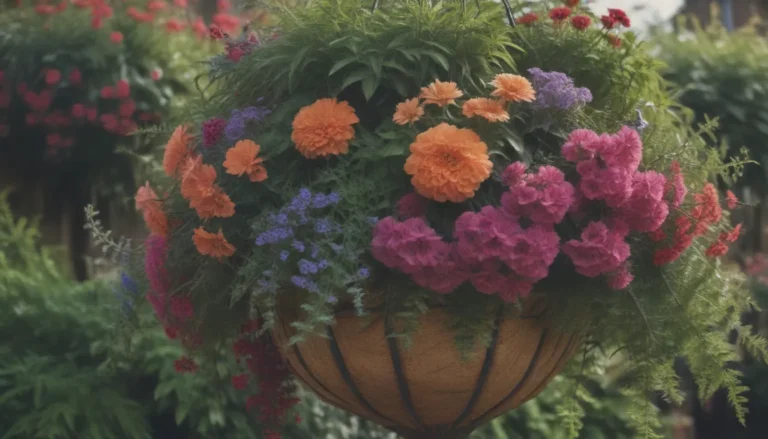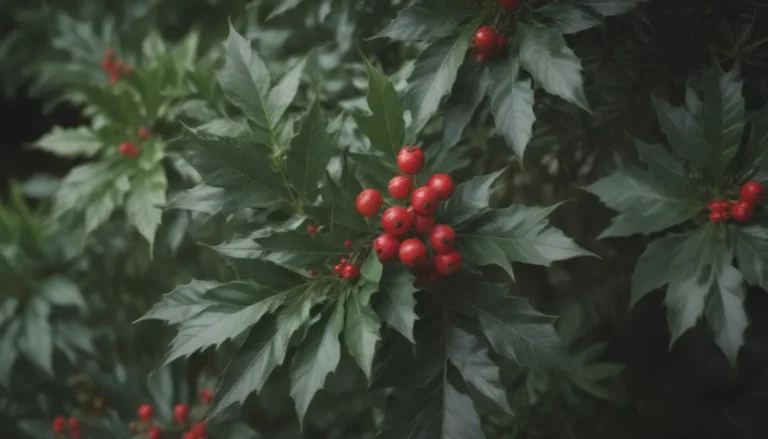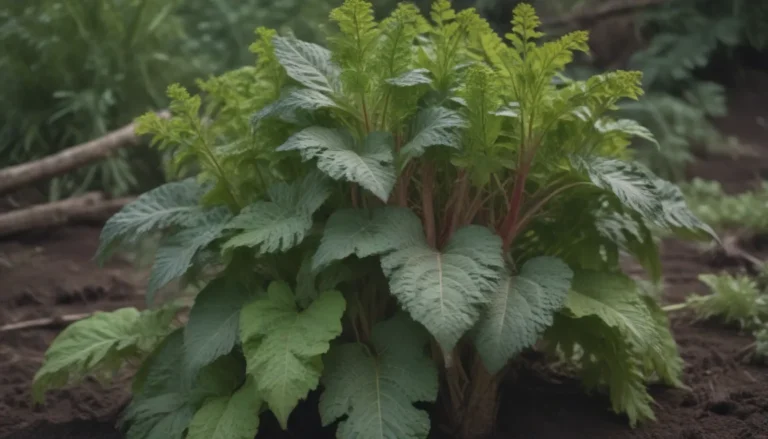The Comprehensive Guide to Identifying and Managing Weeds in Your Garden
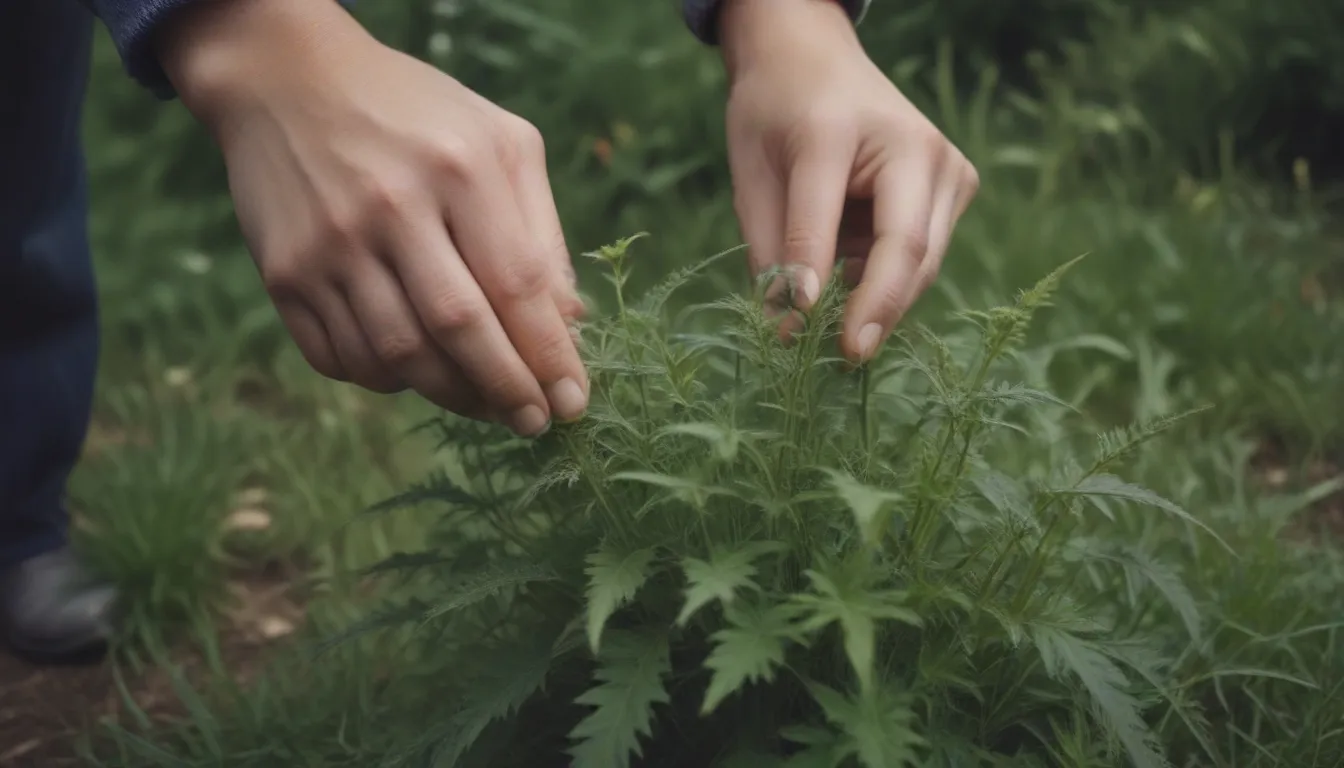
Are you struggling with pesky plants taking over your garden? Let’s dive into the world of weeds and learn how to identify them, understand their characteristics, and effectively control them. Weeds are more than just unwanted plants; they can disrupt the harmony of your garden and deprive your beloved plants of essential resources. But fear not, we’ve got you covered with a variety of removal methods to suit your preferences.
Understanding Weeds: What Makes a Plant a Weed?
Weeds are not defined by their botanical classification but rather by their undesirable traits and invasive nature. These troublemakers spread uncontrollably, often encroaching on areas where they are unwelcome. They can outcompete your garden plants for water, nutrients, and sunlight, leading to stunted growth and reduced yields. Identifying weeds is crucial for effective garden management.
Identifying and Characterizing Weeds
While the definition of a weed can be subjective, there are common characteristics that most gardeners agree on. Weeds are plants growing in the wrong place, causing inconvenience and harm to desirable plants. It’s essential to differentiate between invasive weeds and misplaced plants from your garden.
Common Weeds to Look Out For:
- Crabgrass (Digitaria spp.)
- Japanese Knotweed (Polygonum cuspidatum)
- Stinging Nettle (Urtica dioica)
Weed Removal Methods: Finding What Works for You
When it comes to removing weeds, there is no one-size-fits-all solution. Whether you prefer organic methods or chemical herbicides, we’ve got you covered with a range of options to choose from. Select the method that aligns with your gardening style and effectively tackles those unwanted plants.
1. Boiling Water:
- Pouring boiling water on weeds can be a simple and efficient removal method, especially for smaller infestations.
- Ensure the water reaches the roots of the weed to prevent regrowth.
- Be cautious not to splash the boiling water on desirable plants.
2. Salt:
- Mixing table salt with water and pouring it on weeds can effectively kill them.
- This method is highly potent but carries the risk of soil sterilization if overused.
- Use salt sparingly and avoid contact with desirable plants.
3. Chemical Herbicides:
- Chemical herbicides offer a potent solution to weed control but come with risks.
- Choose herbicides carefully based on the type of weeds you are targeting.
- Follow safety precautions and application guidelines provided by the manufacturer.
4. Hand-Pulling:
- While manual labor-intensive, hand-pulling weeds is a safe and effective method.
- Ensure you remove the entire plant, including the roots, to prevent regrowth.
- Regularly inspect your garden and remove weeds promptly.
Understanding Invasive Plants and Effective Control
Invasive plants are non-native species that aggressively spread and pose a threat to native plant populations. They can choke out native flora and disrupt the ecosystem balance. By identifying invasive plants and implementing control measures, you can protect your garden and preserve native biodiversity.
Managing Invasive Plants:
- **Identify invasive species in your area and prioritize their removal.
- **Consider planting native species to promote biodiversity and ecosystem health.
- **Use containment measures such as deadheading and barriers to prevent the spread of invasive plants.
- **Stay informed about invasive species and collaborate with local conservation efforts.
Embracing Native Plants in Your Garden
While invasive plants pose a threat, native species play a vital role in sustaining local ecosystems. By incorporating native plants in your garden, you can create a thriving habitat for wildlife and support biodiversity conservation. Native plants are adapted to local conditions, making them resilient and beneficial for your garden’s ecosystem.
Benefits of Native Plants:
- **Support local wildlife populations, including pollinators and beneficial insects.
- **Require minimal maintenance and are resistant to pests and diseases.
- **Contribute to ecosystem health by providing food and shelter for native species.
- **Enhance the aesthetic appeal of your garden with diverse native plant species.
Conclusion
Weeds may be a persistent challenge in your garden, but with a better understanding of their characteristics and removal methods, you can effectively manage them. By identifying invasive plants and promoting native species, you can create a balanced and thriving garden ecosystem. Remember, gardening is a journey of learning and adaptation, so don’t be discouraged by the occasional weed; embrace it as an opportunity to enhance your green thumb skills and cultivate a vibrant garden sanctuary. Happy gardening!
